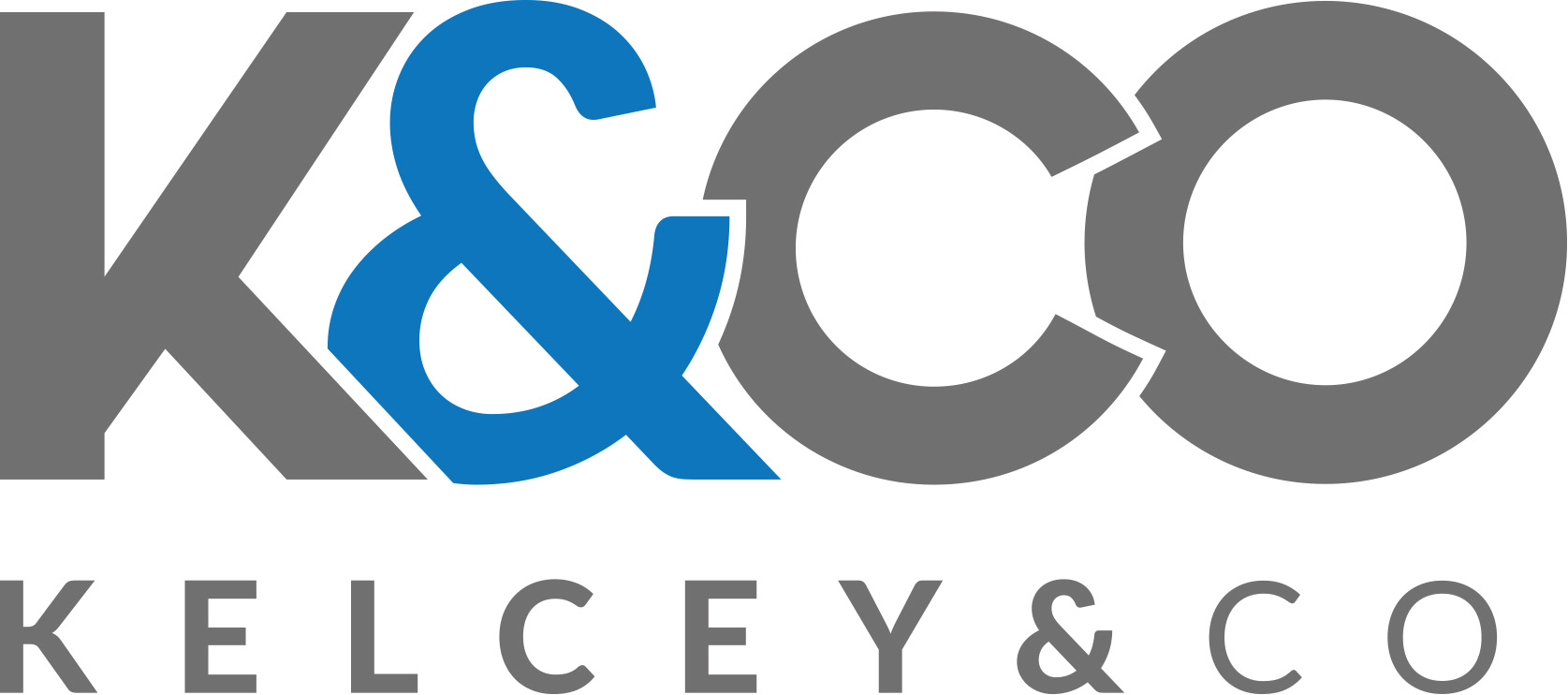
Caveat: If you are looking for someone to give you a basic course in Microsoft Excel or PowerPoint, that ain’t us. There are places much better suited for that role, and we’d be glad to make some recommendations or help you select a provider for those services.
Knowledge “Of” + Knowledge “How.”
We link Skill Development with Technical Education based on our own experiences, both standing at the blackboard (or whiteboard, or smart board) as well as our experience sitting in the audience. And that experience has shown that the learning experience is often more valuable when the domain knowledge and skill are taught in tandem with one of the tools used to execute that skill (yes, we talk A LOT about doing things with paper and pen, but we are not Luddites.) In other words, “knowledge of” + “knowledge how.”
Our Approach to “Knowledge Of”
“Knowledge of” is where we spiral into a topic and move from general knowledge to detailed understanding. It is important (especially to us) to differentiate between real knowledge development versus “talky talk.” Internally, we have a process that we affectionately call the “jazz hands test” to ensure that all of our training materials constantly help participants convert information into knowledge, as opposed to just throwing out a bunch of interesting info that ultimately is of little use in execution.
Example: it might be intellectually stimulating to discuss sugar tariffs in the United States and their impact on the cost of candy and baked goods, but if we are teaching a baking class, the time is probably better spent discussing the difference between granular, brown, and confectioners sugar in relation to the type of baking you have planned.
If we have completed “knowledge of” correctly, the participants will be properly positioned to engage in thought and execution leadership in relation to the topic. While they may not be subject matter experts, they will have all of the skills required to fully understand the context and issue as well as have a framework to understand how the challenge can be met via implementation or execution.
Example: Most of us cannot fly a plane or drive a train, but we have a strong enough understanding of the national transportation system to determine how best to get from Point A to Point B. And if the solution suggests that driving a car is the optimal choice, that is a skill that we actually have and can bring to bear.
Our Approach to “Knowledge How”
It is imperative to remember that when thinking of “Knowledge How,” we are often speaking of one of many methods of implementation. Our experience shows that by linking “Knowledge Of and How”, a learner gains deeper insight into “Of,” but also adds value in knowing at least one method of execution. In effect, it is the embodiment of the adage “get your hands dirty” (or what academics call “kinesthetic learning.”). This approach helps the learner cross the “theory vs. practice” boundary and be better positioned to drive implementation excellence, even if the actual tasks will be done by others under their leadership.
Unless your organization has a specific requirement, we typically try to use the most common tools and processes as part of our instruction. This increases the likelihood that you or your organization already have the tools or can acquire them within reason. Is situations where the most common tool is beyond the financial capabilities of the individual or organization, we will work with you to determine which toolset is the best for your learning and execution environments.
Topics/Tools
[TBD] – Yeah, we kinda know already, but we are thinning down the list. Will update soon. ☺

Provding operational insight, strategic planning, and technical guidance
All Right Reserved © Copyright 2024 by Kelcey Co